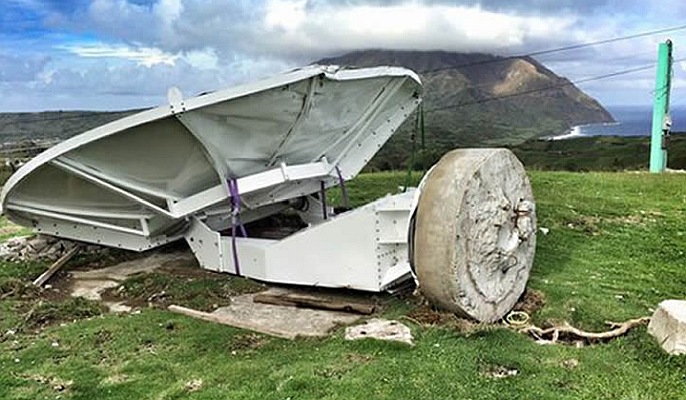According to the UN Global Assessment Study on Disaster Risk Reduction, which is entrusted with defining methods mankind might decrease catastrophic risk, the UN has produced yet another scary report concerning our immediate future.
Unsurprisingly, this year’s research concludes that we live in a hell of our own making.

The analysis discovered that, during the last two decades, between 300 and 500 medium-to-large-scale catastrophes happened every year, and that this number is expected to rise to 560 disasters per year by 2030, or nearly 1.5 disasters per day.
Often linked to climate change, the research claims that these more regular calamities are being compounded by global decision-makers’ collective “all is well” posture.

The UNDRR attributed the rising incidence and severity of worldwide disasters on “optimism, underestimation, and invincibility.”
The good news, as detailed by this study, is that the adoption and execution of previously established standards has already decreased both the number of persons killed and the overall number of people affected by these catastrophes during the last decade.

We must go from collective passivity to collective action a s we work to achieve the Sustainable Development Goals for everyone, everywhere this way we can lower the pace of preventable catastrophic events.
This article is based on ” UN Global Assessment Report on Disaster Risk Reduction “; edited by Clean-Future Team






